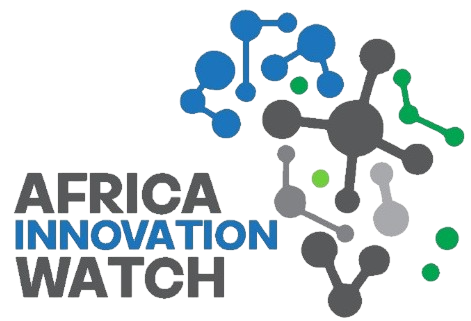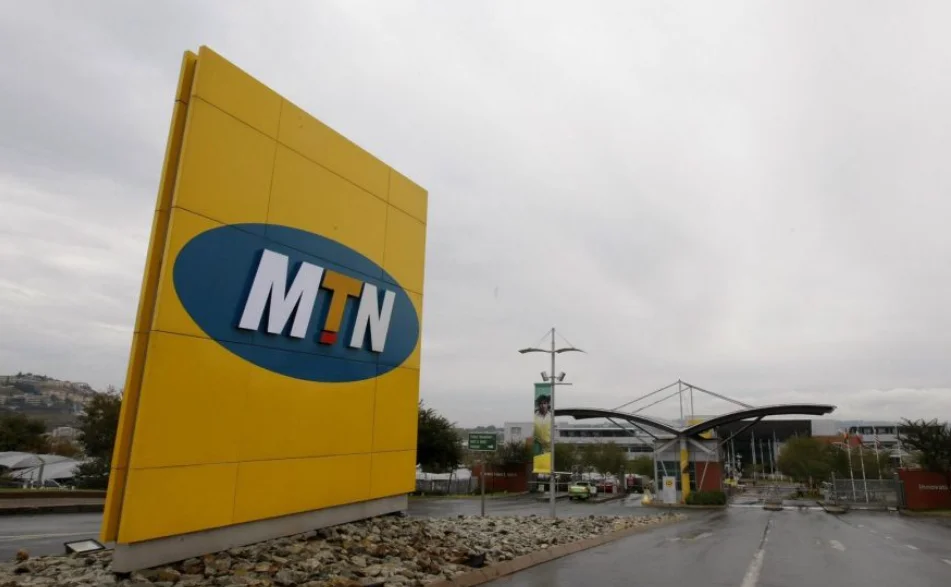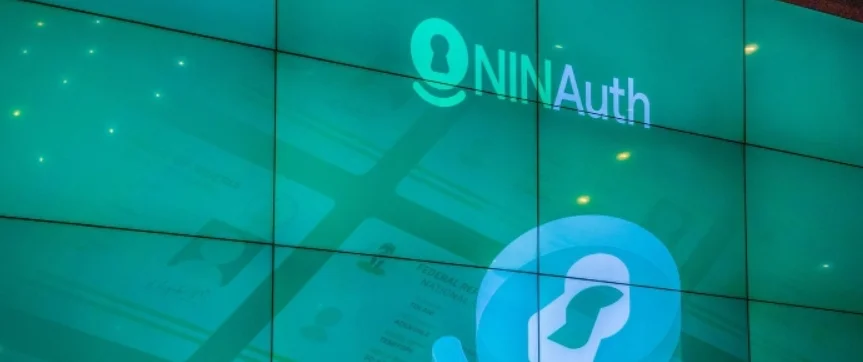Achieving universal and meaningful Internet connectivity by 2030 could require a massive investment of USD 2.6 trillion to USD 2.8 trillion, according to the Connecting Humanity Action Blueprint released by the International Telecommunication Union (ITU) – the UN’s specialized agency for digital technologies – and Saudi Arabia’s Communications, Space & Technology Commission (CST).
The report highlights the funding gaps, infrastructure needs, and collaborative strategies required to bring affordable Internet to the estimated 2.6 billion people worldwide still offline.
The Cost of Connecting Humanity
According to ITU, the largest investment component (USD 1.5–1.7 trillion) will go into hard digital infrastructure, including expanding:
- Fibre broadband networks in urban areas
- 4G fixed wireless solutions in rural communities
- Satellite connectivity for the most remote populations
Other key costs outlined in the blueprint include:
- Affordability – USD 983 billion: Reducing the cost of smartphones, broadband, and mobile data to make Internet access financially sustainable in low-income regions.
- Digital skills – USD 152 billion: Funding large-scale digital literacy initiatives so that new users can effectively leverage online education, e-commerce, and employment opportunities.
Bridging the Digital Divide
Despite global advances, ITU data shows that 93% of people in high-income countries were online in 2024, compared to only 27% in low-income countries. This stark divide underscores the urgent need for collective global action.
“Digital connectivity means creating opportunities for education, jobs, and access to essential services that can transform lives and communities. While significant resources are needed, these are investments that will contribute to a prosperous digital future for all,”
– Doreen Bogdan-Martin, Secretary-General, ITU
The ITU report builds on its 2020 Connecting Humanity study, conducted under Saudi Arabia’s G20 presidency, which initially estimated much lower costs. The five-fold increase in projected investment reflects inflation, evolving technologies, and the scale of global infrastructure demands.
Public-Private Partnerships Critical
“The world needs between USD 2.6 trillion and USD 2.8 trillion to connect humanity by 2030. Such a dramatic increase underscores the urgency for international cooperation, collective investment, and the sharing of expertise if we are to achieve universal, meaningful connectivity for all,”
– H.E. Eng. Haytham AlOhali, Acting Governor, CST
The blueprint stresses the importance of collaboration between governments, the tech industry, financial institutions, and civil society to mobilize resources. It calls for innovative financing models and stronger public-private partnerships to avoid further digital exclusion, particularly in least-developed countries.
Recommendations for Universal Internet Access
To accelerate progress, the ITU report recommends:
- Using schools as digital access hubs in underserved areas
- Investing in energy infrastructure in Africa to power Internet connectivity
- Enhancing local-level data collection to improve planning and resource allocation
- Integrating AI and emerging technologies responsibly to prevent new divides
Conclusion
The ITU’s USD 2.8 trillion investment projection sets the stage for one of the world’s most ambitious development goals: universal Internet access by 2030. While the price tag is enormous, the potential benefits, from digital education and job creation to inclusive economic growth, highlight why closing the global digital divide must remain a top priority for governments and the private sector alike.












